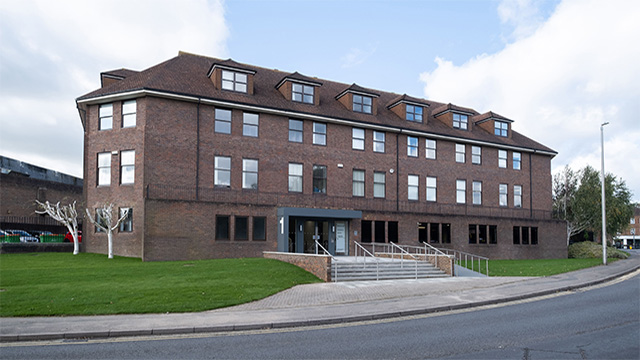Irvine Sellar, who died yesterday, was always known as a straight talker. Here we pick out some anecdotes from his final interview with EG on 17 January.
On tall buildings: “We came up in late 1999 with a very, very tall tower, taller than this. New Tower of London it was called and it made front page in all the papers… So that gave us encouragement to say – London was pretty a quiet city from a tall buildings point of view, there weren’t that many – it gave us encouragement to work up something spectacular, and that’s what we did.”
On that famous lunch with architect Renzo Piano in Berlin: “When I showed him what we wanted to do, he said he didn’t like it and he didn’t like tall buildings. Fortresses, dark, divisive… but then he then picked up the beauty of the river and the energy of the rail lines and he sketched on the back of the menu… and in 30 seconds he sketched what you see today.”
Irvine Sellar, who died yesterday, was always known as a straight talker. Here we pick out some anecdotes from his final interview with EG on 17 January.
On tall buildings: “We came up in late 1999 with a very, very tall tower, taller than this. New Tower of London it was called and it made front page in all the papers… So that gave us encouragement to say – London was pretty a quiet city from a tall buildings point of view, there weren’t that many – it gave us encouragement to work up something spectacular, and that’s what we did.”
On that famous lunch with architect Renzo Piano in Berlin: “When I showed him what we wanted to do, he said he didn’t like it and he didn’t like tall buildings. Fortresses, dark, divisive… but then he then picked up the beauty of the river and the energy of the rail lines and he sketched on the back of the menu… and in 30 seconds he sketched what you see today.”
On overcoming obstacles: “The obstacles were planning in the first place, then probably one of the most important public inquiries ever heard in London which we won, and then partnership issues, and then the greatest financial crash in living memory which blew out the existing finance which I had lined up and meant that we had to refinance; I did every single piece of it.”
On the Shard: “It’s very rare because I’ve carried out a lot of development over a long period of time, and generally when you complete a development, you question, I wish I’d just made that change, or I wish I hadn’t of done this, or maybe that. In this particular case, this development and everything that’s happened, has turned out exactly as I envisaged it to do, if not a bit better.”
On mixed-use developments: “Mixed-use is the wrong word, mixed is like bloody pudding. Multi-use – if I was to use an analogy – on a one-acre site we built 30 acres of site in the air, and if you laid out 30 acres you’d have an office building, a hotel building, some retail some restaurants and other things spread over the 30 acres. Well it’s not spread over, it’s stacked. And then within the offices… like most of my competition, I don’t consider I’ve got any by the way, they have leased their office space, mainly to single office tenants, like insurance companies. We deliberately avoided that. We didn’t want any one tenant to occupy more than X amount of space, because it would lose the vertical town.”
On his achievements: “We’ve shifted the whole of the attitude to actually much broader than London Bridge but to South Bank. We’ve changed this town. I did, if you like.”
On London Bridge: “Talk a lot about King’s Cross, this is more than King’s Cross. We’ve created a marker, a compass that can be seen everywhere from London.”
On unfinished business: “The one weakness in this area is there isn’t enough retail and I haven’t found an answer yet, but everything else is here.”
• To send feedback, e-mail louisa.clarence-smith@estatesgazette.com or tweet @LouisaClarence or @estatesgazette
SEE ALSO
Property pays tribute to Irvine Sellar











